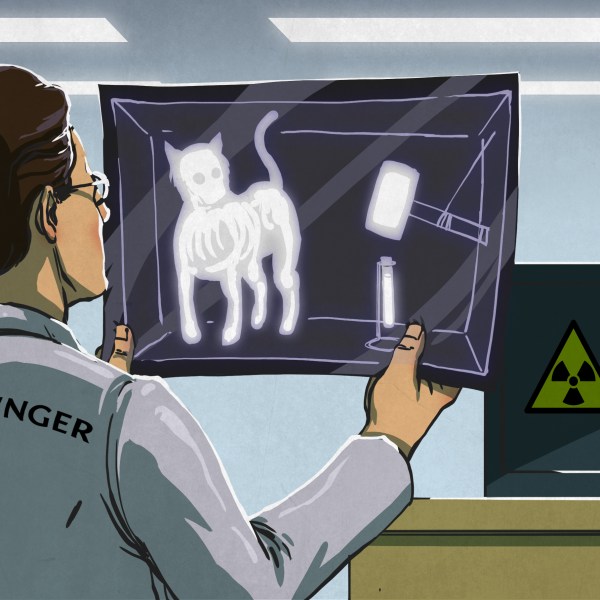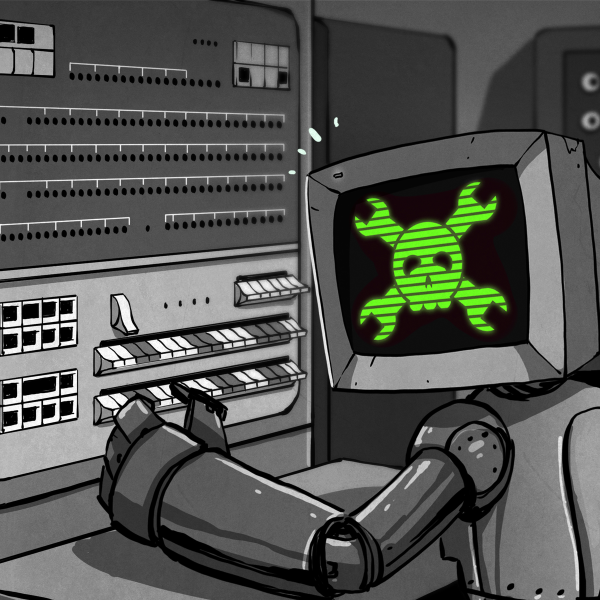It’s something of a surprise, should you own a CRT TV to go with your retrocomputers, when you use it to view a film or a TV show. The resolution may be old-fashioned, but the colors jump out at you, in a way you’d forgotten CRTs could do. You’re seeing black levels that LCD screens can’t match, and which you’ll only find comparable on a modern OLED TVs. Can an LCD screen achieve decent black levels? [DIY Perks] is here with a modified screen that does just that.
LCD screens work by placing a set of electronic polarizing filters in front of a bright light. Bright pixels let through the light, while black pixels, well, they do their best, but a bit of light gets through. As a result, they have washed-out blacks, and their images aren’t as crisp and high contrast as they should be. More modern LCDs use an array of LEDs as the backlight which they illuminate as a low resolution version of the image, an approach which improves matters but leaves a “halo” round bright spots.
The TV in the video below the break is an older LCD set, from which he removes the backlight and places the electronics in a stand. He can show an image on it by placing a lamp behind it, but he does something much cleverer. An old DLP projector with its color wheel removed projects a high-res luminance map onto the back of the screen, resulting in the coveted high contrast image. The final result uses a somewhat unwieldy mirror arrangement to shorten the distance for the projector, but we love this hack. It’s not the first backlight hack we’ve seen, but perhaps it give the best result.
Continue reading “A TV With Contrast You Haven’t Seen For Years”


















